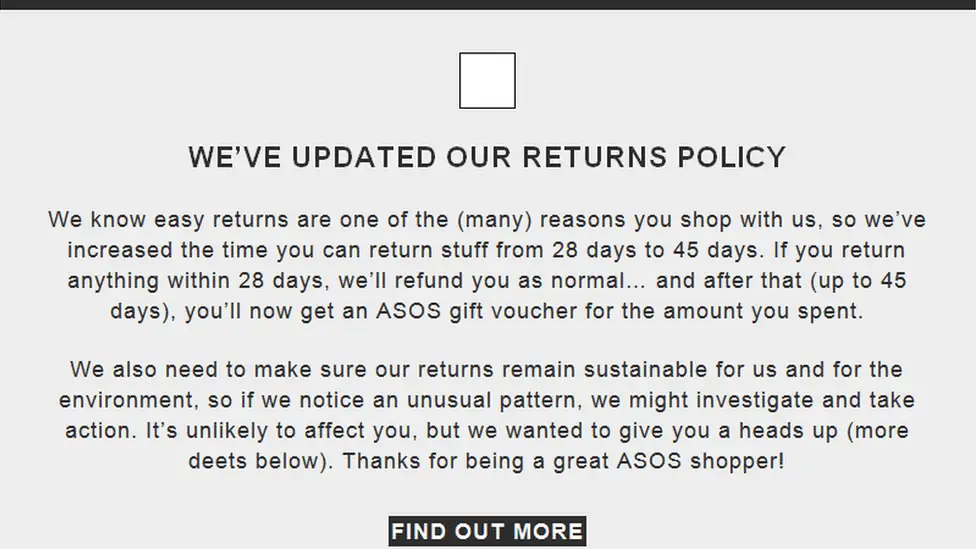Returns are a fact of life for online retailers, and though it’s hard to avoid returns altogether, it’s important to try and minimise the problem.
According to Shopify’s data, 89% of consumers have returned items bought online in the last three years, while 41% have purchased the same item in different sizes, intending to return the unwanted sizes.
Returns can be costly for retailers in several ways:
- The financial cost of lost sales.
- The cost of delivering and collecting returns, if free returns are offered.
- The resources required to process returns, from customer service to warehouse.
- Lower margins on returned items. Items may be out of season when returned, or may need to be sold at a discount for other reasons.
It would be impossible to prevent all returns, but there’s a lot that retailers can do to avoid unnecessary returns.
For example, if a customer buys an item without being fully informed about a product, this is something the retailer can improve upon.
It’s also important to consider that returns are a factor in the customer’s decision to purchase in the first place, or to make repeat purchases.
According to Narvar, 96% of consumers would shop again with a retailer after an easy returns experience.
Retailers therefore have to balance a returns policy which doesn’t deter shoppers with efforts to minimise returns.
Let’s look at some ways that ecommerce returns can be addressed by retailers…
Delivery performance
Some returns are actually a result of mistakes made by retailers which can be avoided.
Chain Store Age data found that 23% of online returns happen because customers received the wrong product, and 20% due to customers receiving a damaged or defective item.
Clear product descriptions
If people make an informed decision about a purchase, they’re more likely to find the one that suits them and less likely to return it.
Clear and well presented product descriptions help here. For example, if customers are buying laptops or TVs, they may need to know how many and which kind of ports there are, or whether they’re compatible with other products.
It’s also important that they have the chance to compare their options and make a decision having viewed the alternatives.
Here, Home Depot presents the products that other customers have viewed, presenting key features side by side so that customers can decide.

Product images
Product photography matters. It should help to sell items by showing them effectively, but it also needs to help people to understand the product they’re buying.
For shoes and other fashion items, showing them from different views over multiple images and allowing them to zoom in helps them to get a good impression of products.

Photos can also be used to demonstrate products effectively. For example, JoJo Maman Bébé uses images like this top view of a baby changing bag to show how much can fit into it.
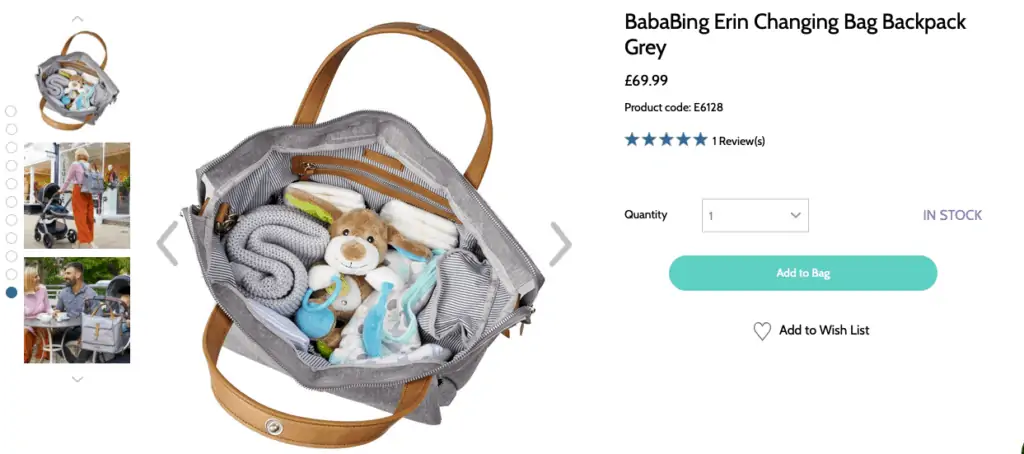
Video can also help here. Video walkthroughs can sometimes help to show a range of features more effectively than images alone, as in this example from AO.com.
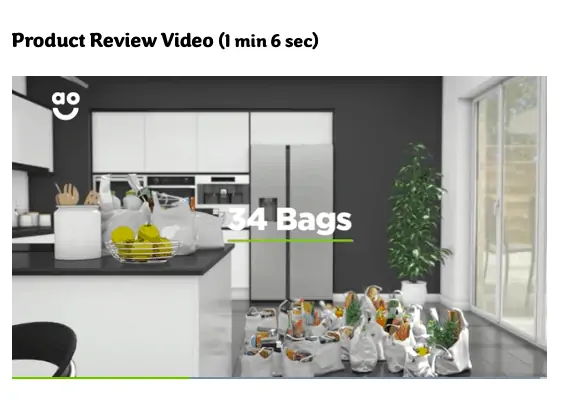
Little details such as copy on product pages showing which sizes models are wearing, as well as their measurements can help shoppers to decide on the best size for them.
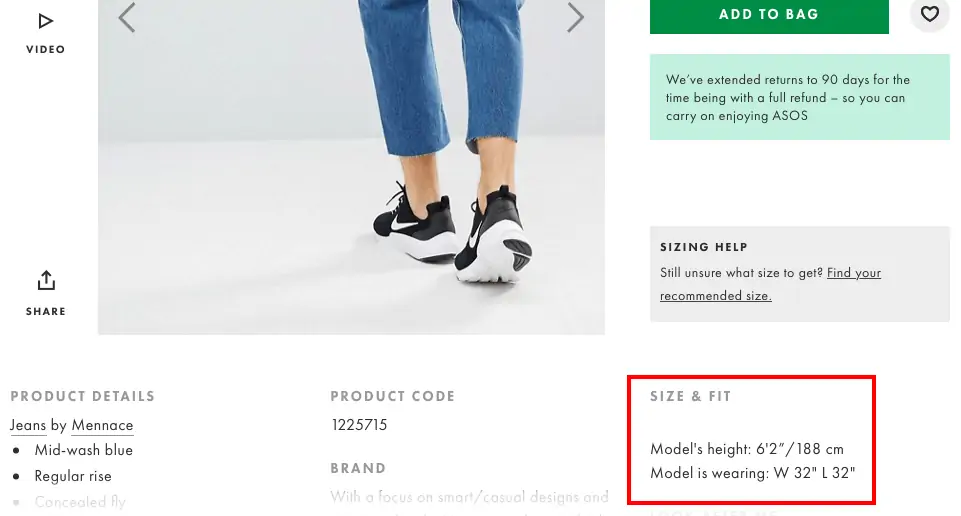
Customer reviews
Reviews can also aid customer decision making, helping them to arrive at the most suitable purchase.
A study from Boston University in 2017 linked positive reviews to both lower returns rates and increased repeat purchase for online fashion sites.
Essentially, reviews can help customers to buy armed with all the information they need, and with the added reassurance that other people have been satisfied with the product.
Also, reviews can uncover points, both positive and negative that may be missing from product descriptions.
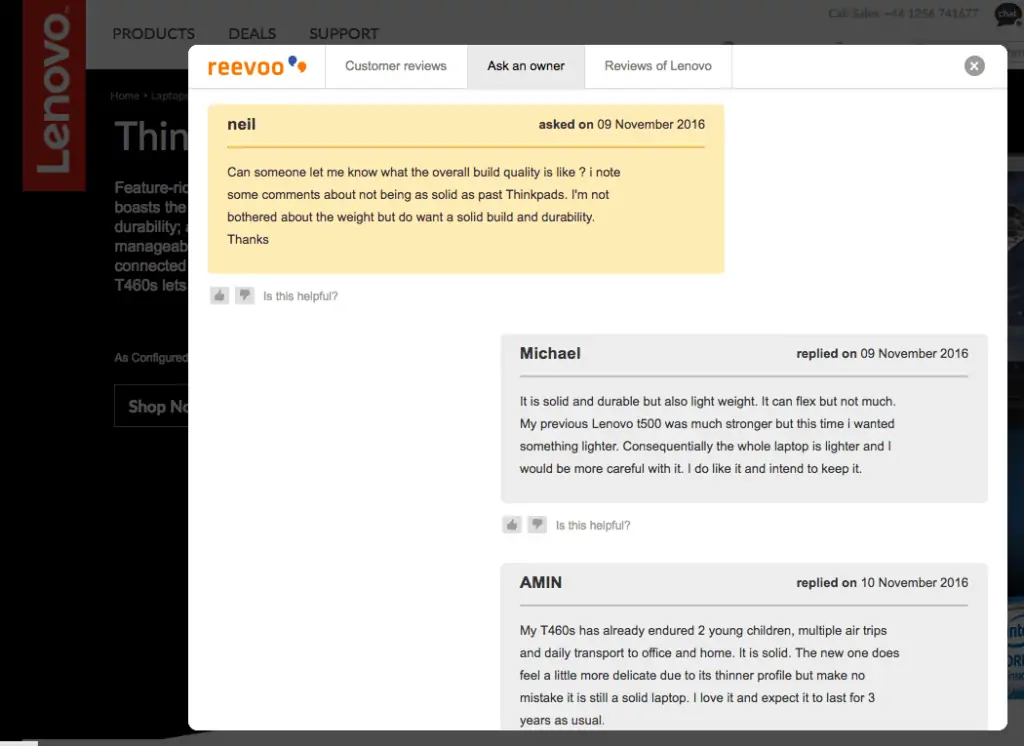
Fitting technology
Ecommerce sites are increasingly using tech solutions to help to solve fitting issues.
According to Returns Magic, the most returns are due to size issues:
- Size too small: 30%
- Size too large: 22%
- Changed my mind: 12%
- Style: 8%
- Not as described: 5%
- Defective: 5%
- Other or not specified: 18%
Warby Parker’s iPhone app uses the depth-sensitive camera to scan and recommend the best fitting frames for each customer, and allows them to try them for size.
Augmented reality can be helped here, and is often used to place virtual versions of products into people’s surroundings to see if they fit, and how they look.
Paws.com has this for its range of dog beds, so users can see if they fit the space available.
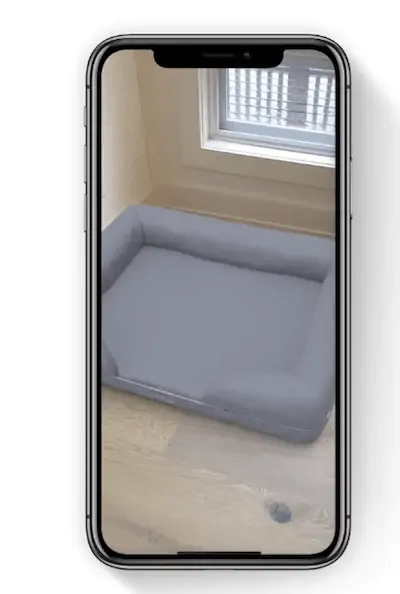
Increase the window for returns
Normally customers have 30 days to return a purchase but some retailers opt for larger windows. Schuh, for example, allows returns within 365 days.

This can help to persuade customers to buy, but there’s also a school of thought that, with the urgency of the 30 day window removed, customers are less likely to return items.
Deal with serial returners
Research from Barclaycard found plenty of evidence for serial returners – those shoppers who deliberately over-order so that they can keep the items they want and return the rest.
It found that 30% of shoppers deliberately over purchase items knowing they’ll return what they don’t need, while 19% said they’d ordered multiple versions of one product to make their minds up at home.
ASOS recently attempted to address this issue, extending its returns window from 28 to 45 days, but also telling customers that it would investigate unusual returns patterns from shoppers and potentially blacklisting them.
